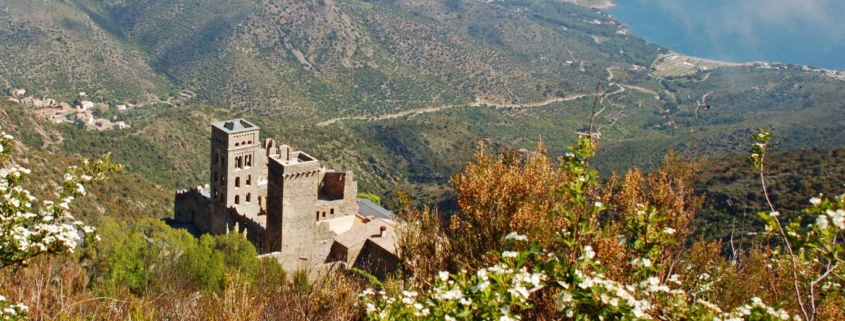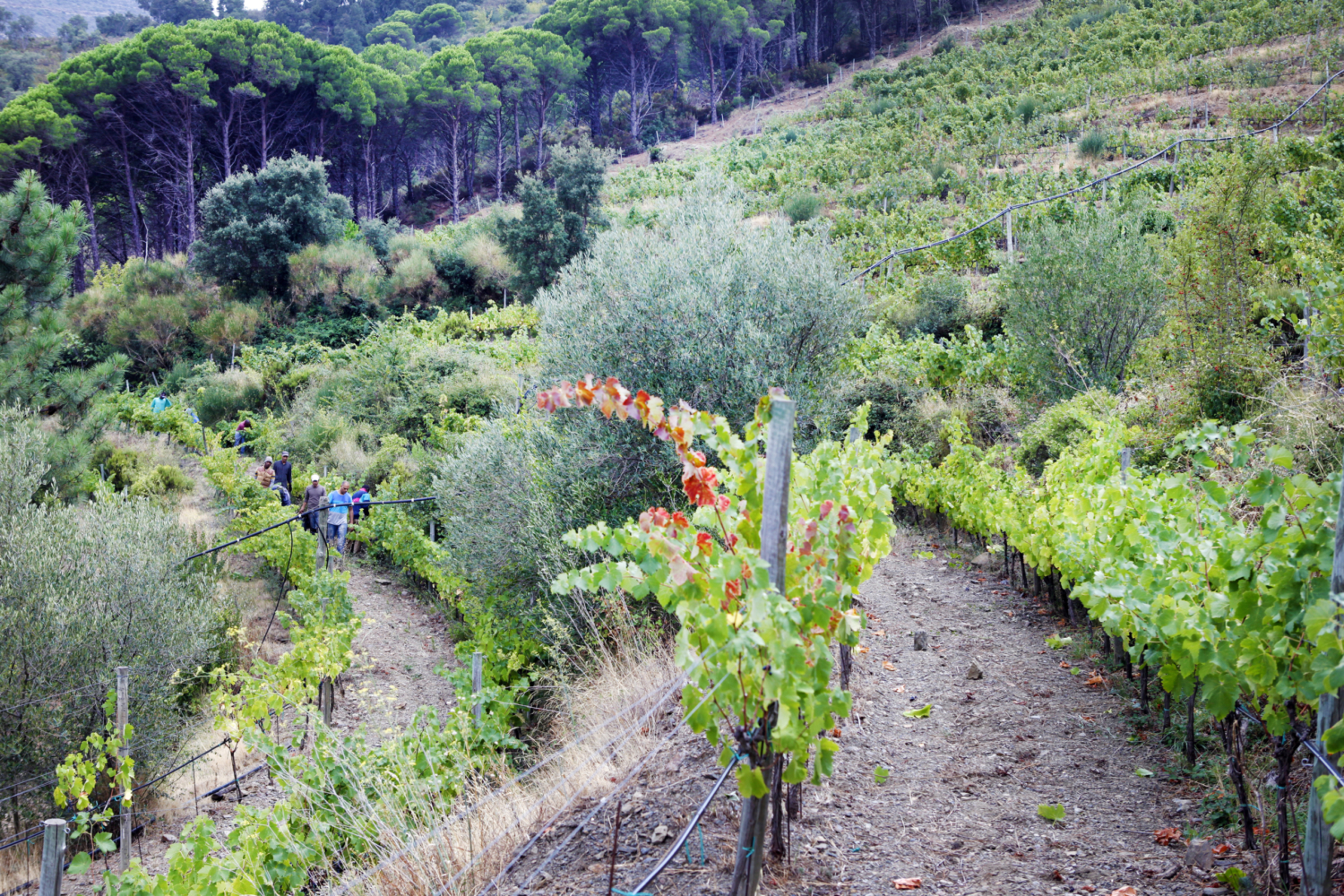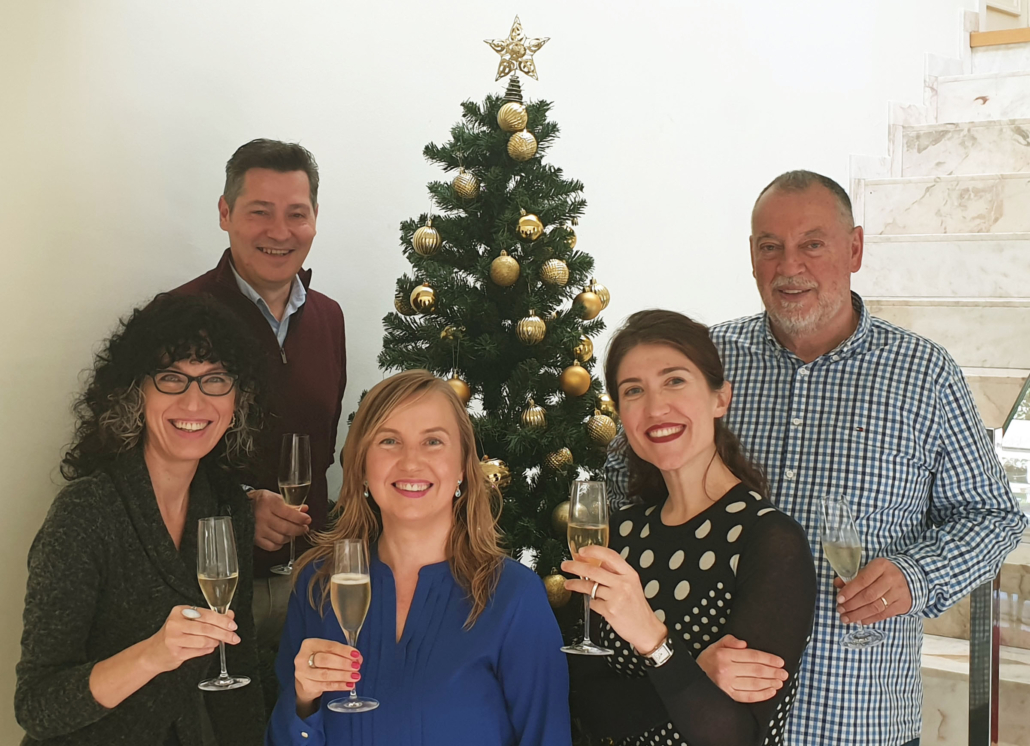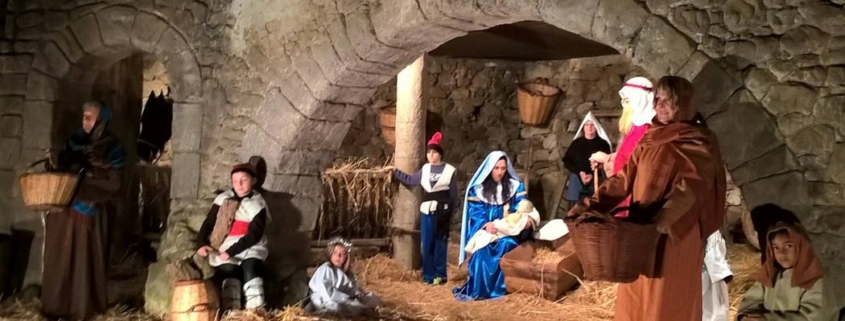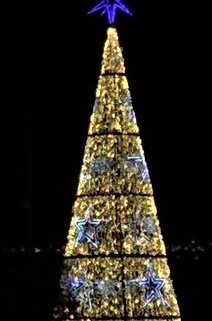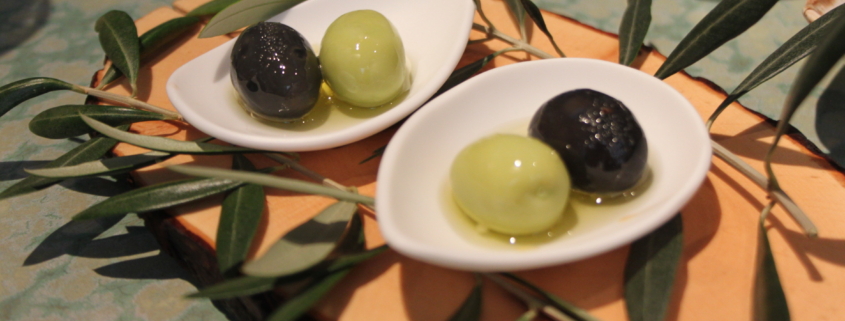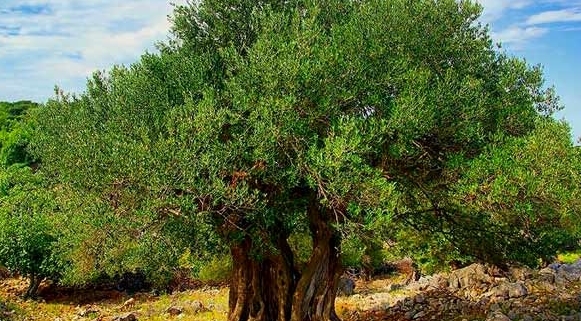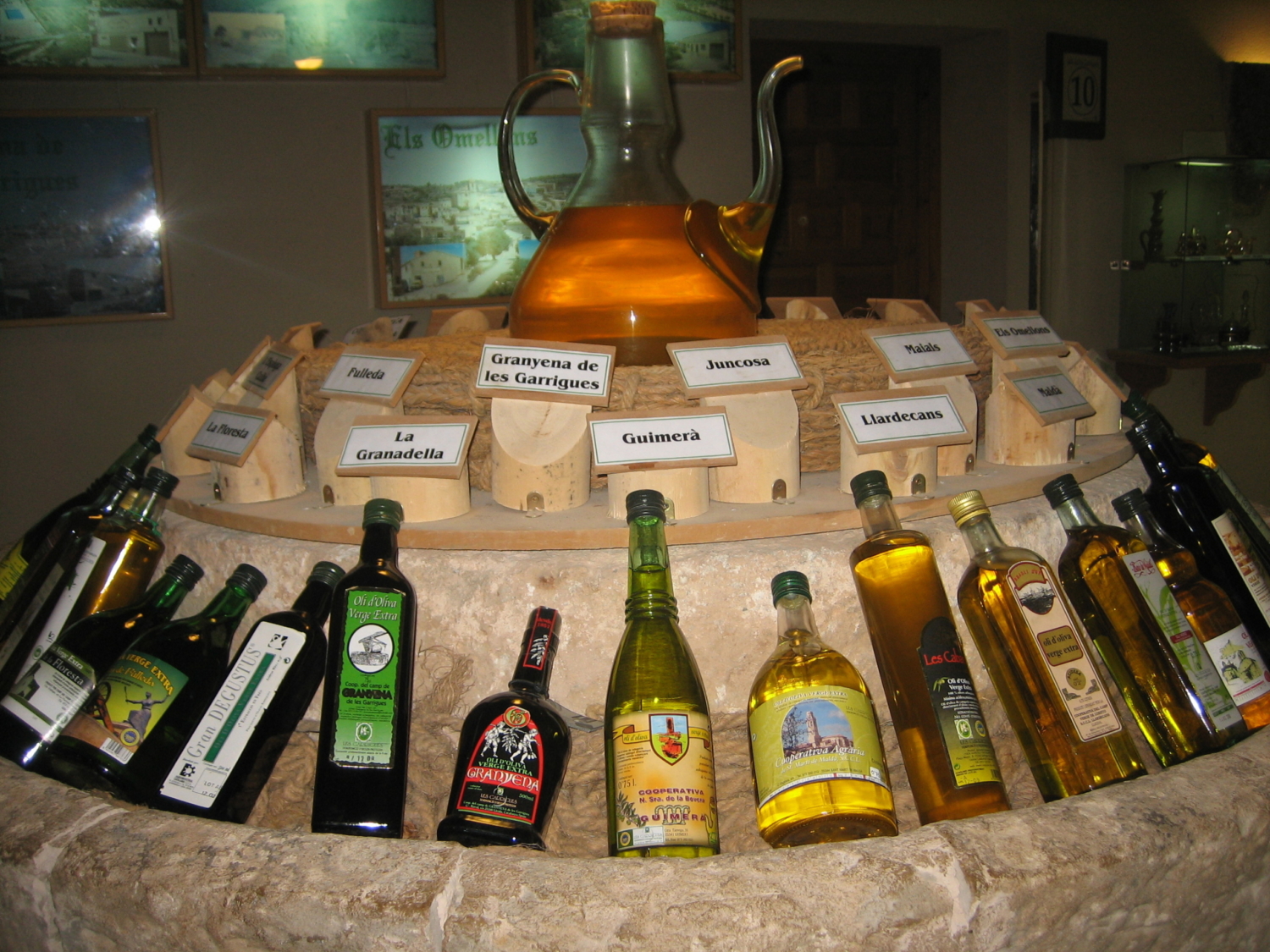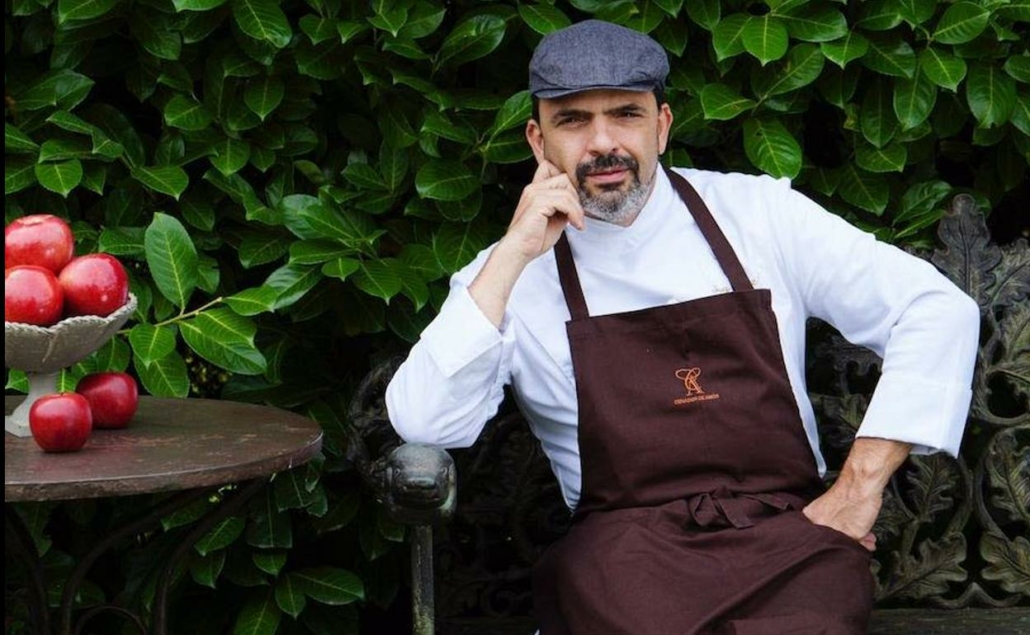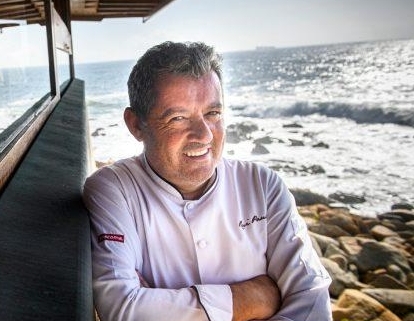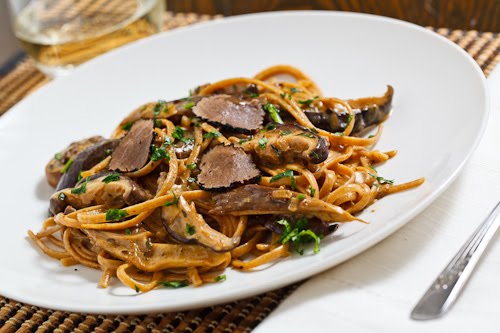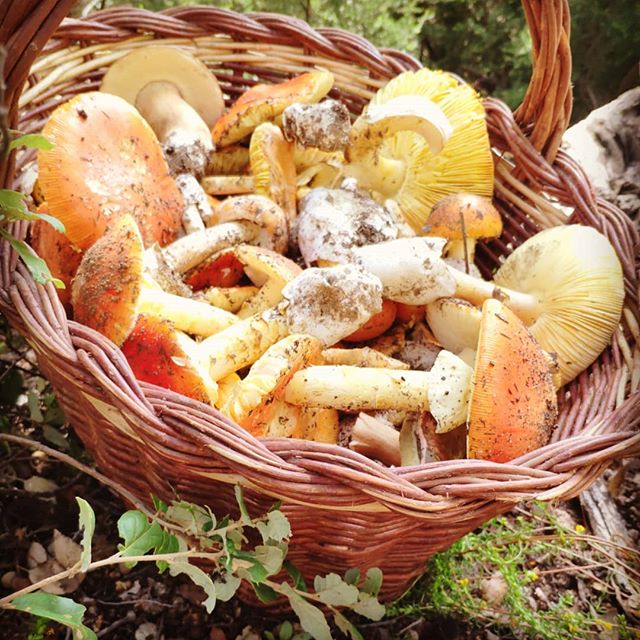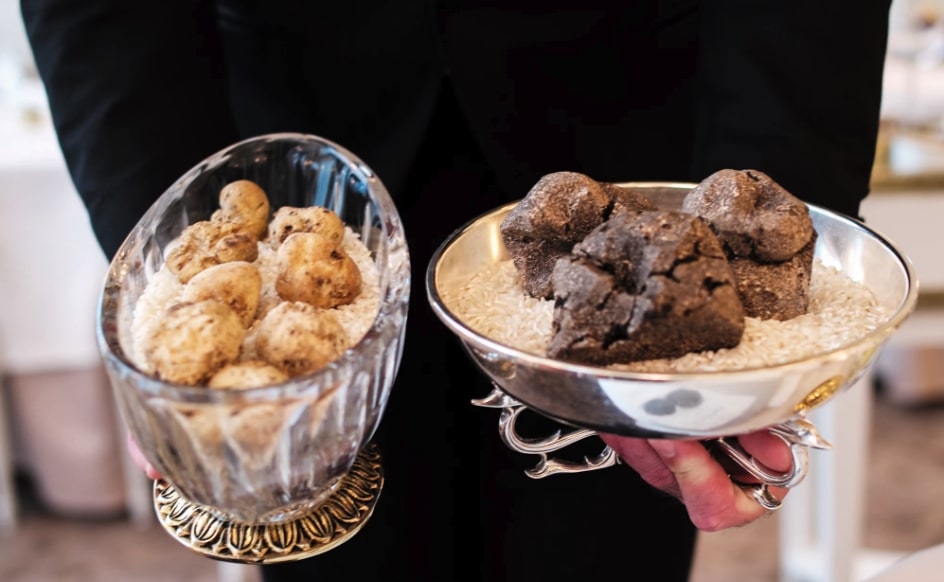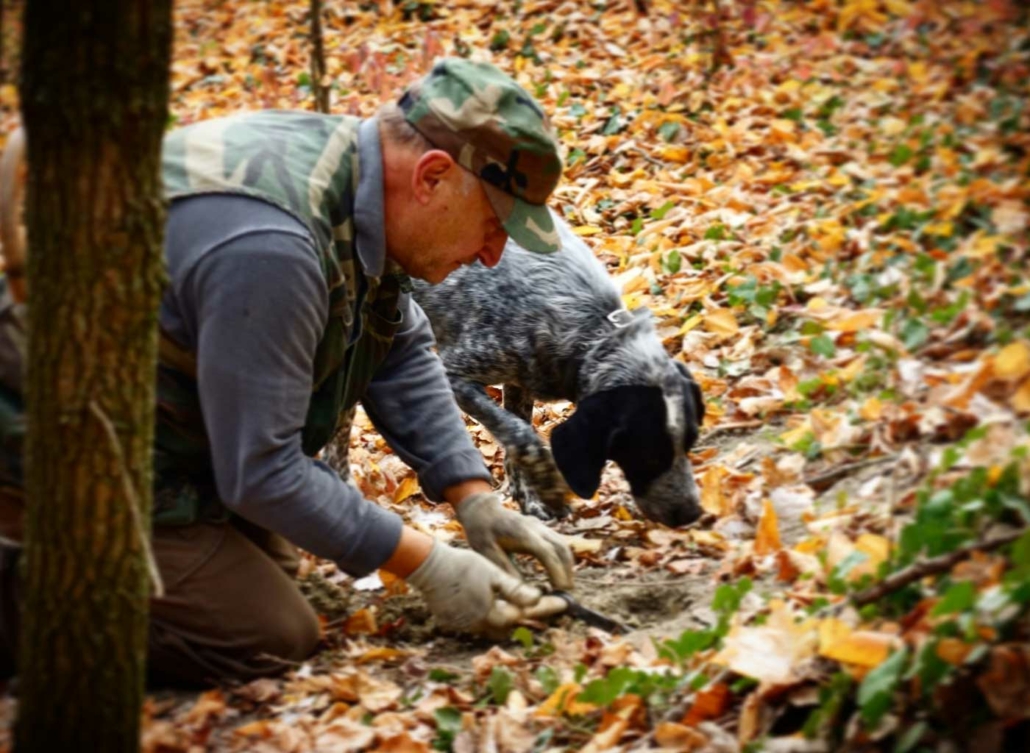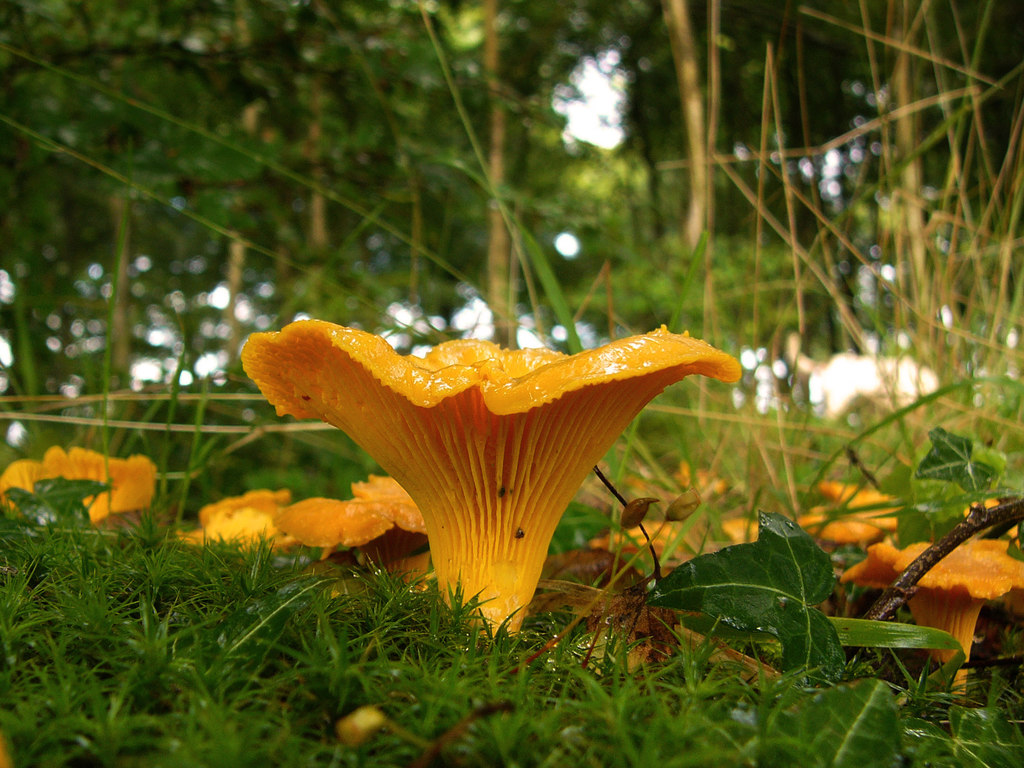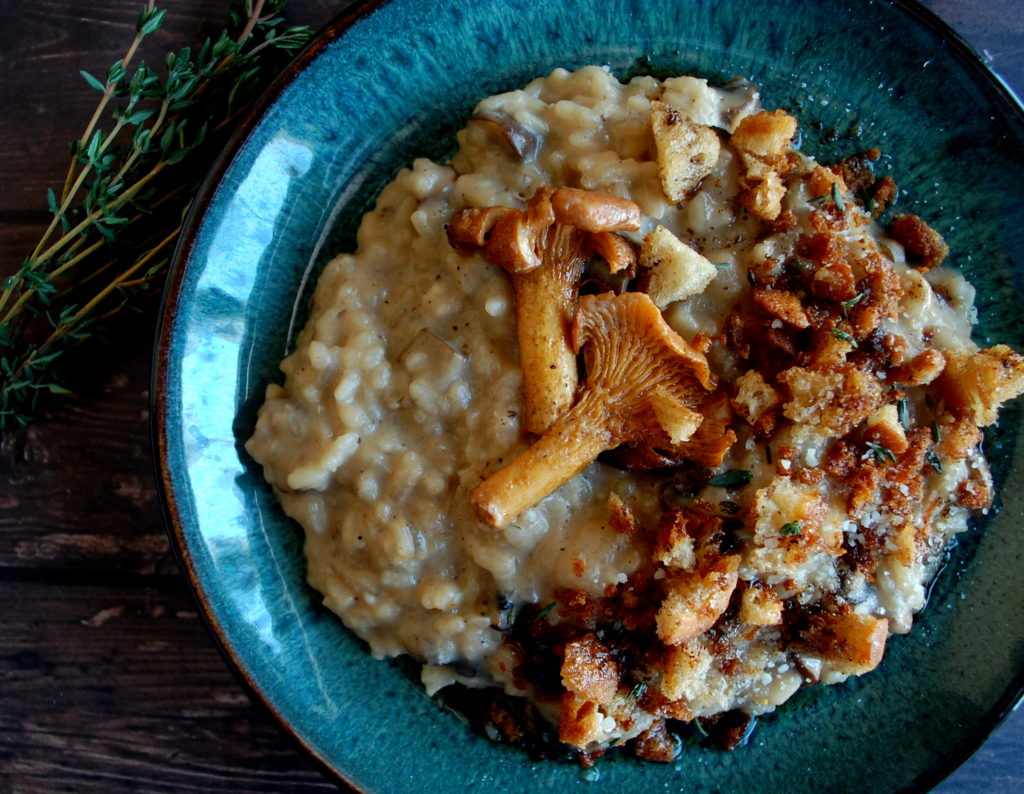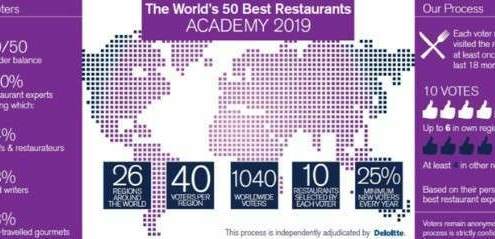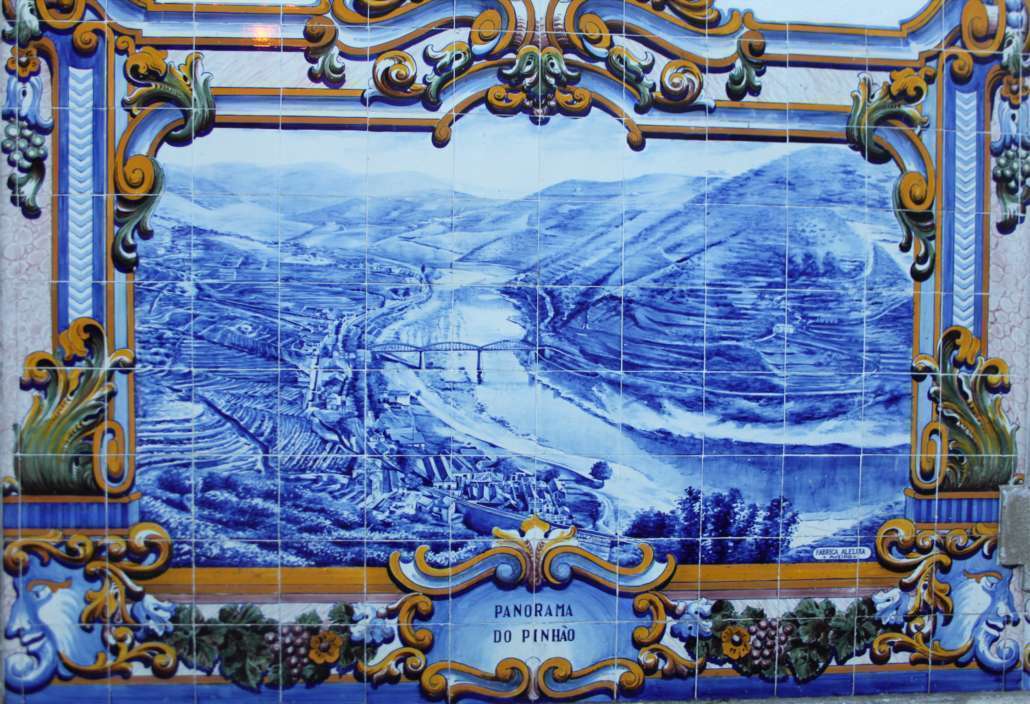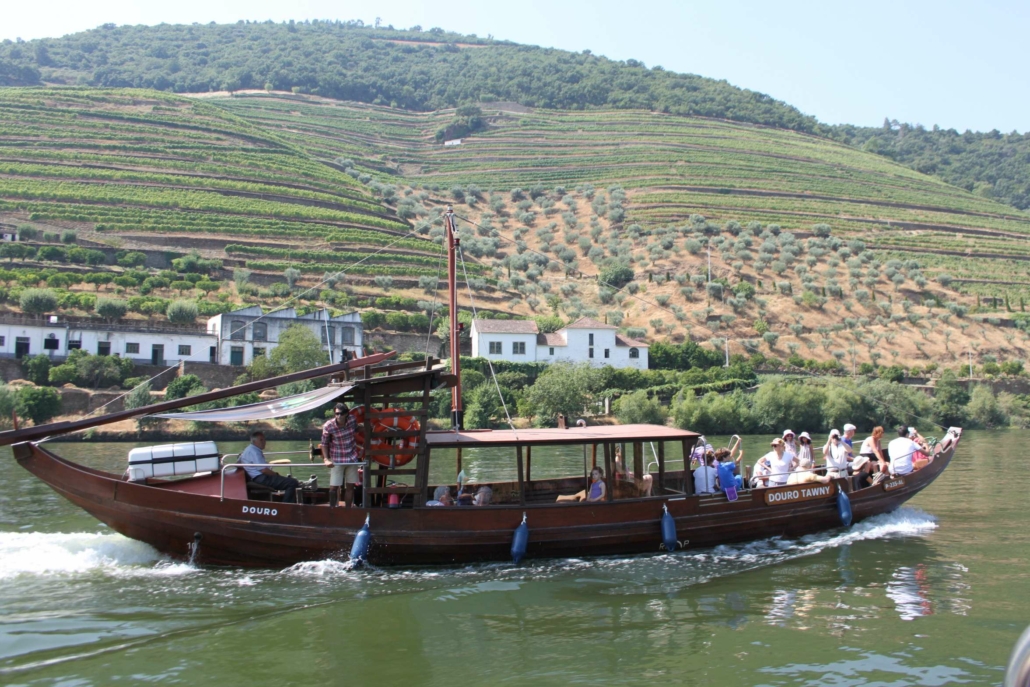While on a wine tour in Spain, the beautiful Priorat wine region is a must of any serious wine lover! The Priorat red wines are world famous for their unique personality, attributed to the extreme climate and unique and breathtaking geography. Priorat experiences sharp temperature fluctuations between night and day, caused by the proximity of the Montsant mountain range. These spectacular mountains help create mist and moisture in the vineyard valleys, which dissipate to leave warm grape-ripening sun during the days. This slate-soiled land is full of majestic cliffs and steep hillsides where terraces have to be built in order to grow further vineyards.
The name, Priorat has been linked to wine since ancient times. A great place to start any Priorat wine tour is the birthplace of the Priorat wine, the Carthusian Priory (or Priorat) of Scala Dei, the first carthusian monastery on the Iberian Peninsula, founded in the 12th century. This picturesque site, situated at the foot of the Montsant mountain range, is where the Priorat wine making tradition originated. The monastery thrived until 1835, when the church shut the operations down. Today the ruins of Scala Dei can still be explored on foot, the immensity of the Montsant range truly apparent.
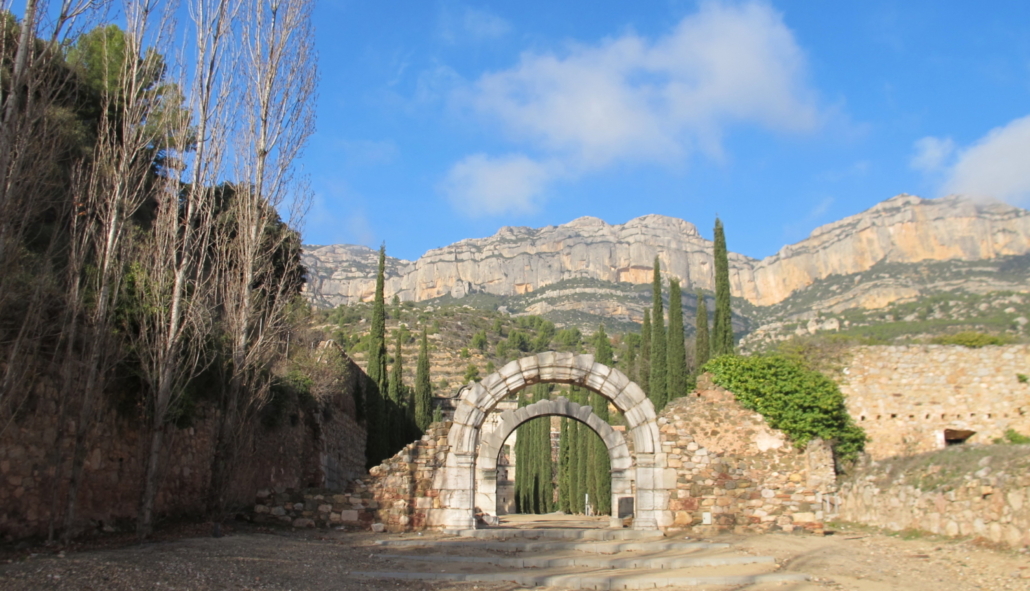
The ruins of the Carthusian Monastery of Scala Dei
With the sale of Scala Dei’s lands and vineyards and the phylloxera outbreak at the turn of the century, the Priorat wine region went through economically hard times up until the wine-making revival of the 1980s.
One of the families whom we can thank for the revival of Priorat wine making is the Barbier-Meyer. Rene Barbier bought his first vines in Priorat in 1979, after many years of experience in Bordeaux and Borgogne. Returning to the area close to his birthplace of Tarragona, he and his family have grown up amongst the vineyards, loving the terroir and tending carefully to the earth which creates these incredible wines. His emblematic winery, Clos Mogador, is named after the single vineyard that Rene started to cultivate in the 1970’s in the now-famous wine village of Gratallops, heart of the Priorat wine making activity. Robert Parker was one of the first international critics to praise his incredible wines, which are nearly elixirs. The Priorat wines in general are already highly concentrated and “normal” yields are incredibly small, but Rene goes even further – at Clos Mogador winery they press the grapes using an olive press, which means they extract only half of the amount of juice that a typical wine press would, making the wine 50% more concentrated!
His wall by wall wine cellar neighbour, Carles Pastrana, is together with Rene of the founders of the Priorat wine revolution. At his family owned and run winery, Clos d Obac, he produces some of the most iconic Priorat wines, Clos de l’Obac, Misere and Kyrie. A visit to both Clos Mogador and Clos d Obac cellars is a must for any Spanish wine lover!
Another not to be missed winery is Clos Figueres, in the village centre, where the charming owners not only show our clients their unusual barrel room but also treat them to a great meal at their fantastic restaurant. Clos Figueres owns 18 hectares of some of the best Priorat vineyards, planted with Grenache, Carignan (some over 60 years old), Syrah, Cabernet Sauvignon, Monastrell, Viognier and Chenin Blanc.
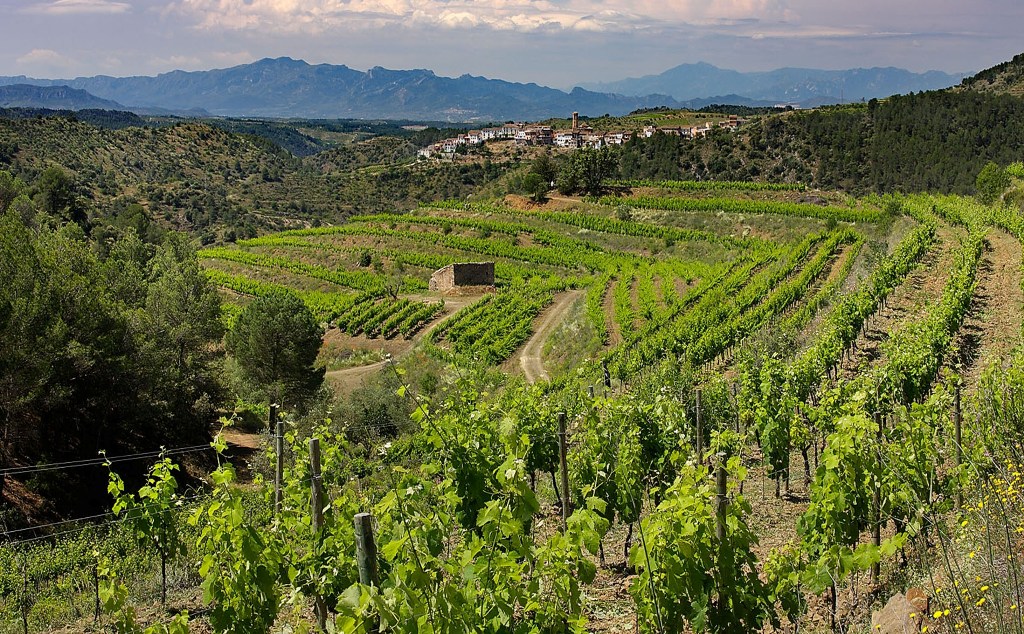
Clos Figures vineyards in DOQ Priorat wine region
As for the Priorat wine region most typical grape varieties, the native red grapes of Carinyena (Carignan) and Garnatxa (Grenache) are the absolute stars, in coupage and also in some incredible mono varietal single vineyard wines.
All the permitted grape varieties of the DOQ Priorat Wine Region are:
- Red Priorat Grape Varieties: Grenache, Carignan, Hairy Grenache, Tempranillo, Piquepoul, Cabernet Sauvignon, Cabernet Franc, Pinot Noir, Merlot and Syrah
- White Priorat Grape Varieties: Garnacha Blanca, Macabeo, Pedro Ximinez, Chenin Blanc, Muscat of Alexandria, Muscat Blanc à Petits Grains, Xarello, Piquepoul
While visiting the Priorat wine region, aside from refining your wine-palate, you may also want to taste Priorat world-class olive oils, which are also classified into DOs.
One of the best Priorat olive groves are in the area of the fairly tale hamlet of Siurana, which is set upon a cliff, surrounded by mountains, with views fit for an eagle! Set 1000m high atop a cliff, Siurana was the last Moorish stronghold in Catalonia, and the legend is that, wanting to evade capture by the Christians, the Moorish queen Abdelazia drove herself and her horse off the cliff into the valley below… Today this charming rural stone village is worth a slow wander, taking in the spectacular views and the marks of hundreds of years of history.
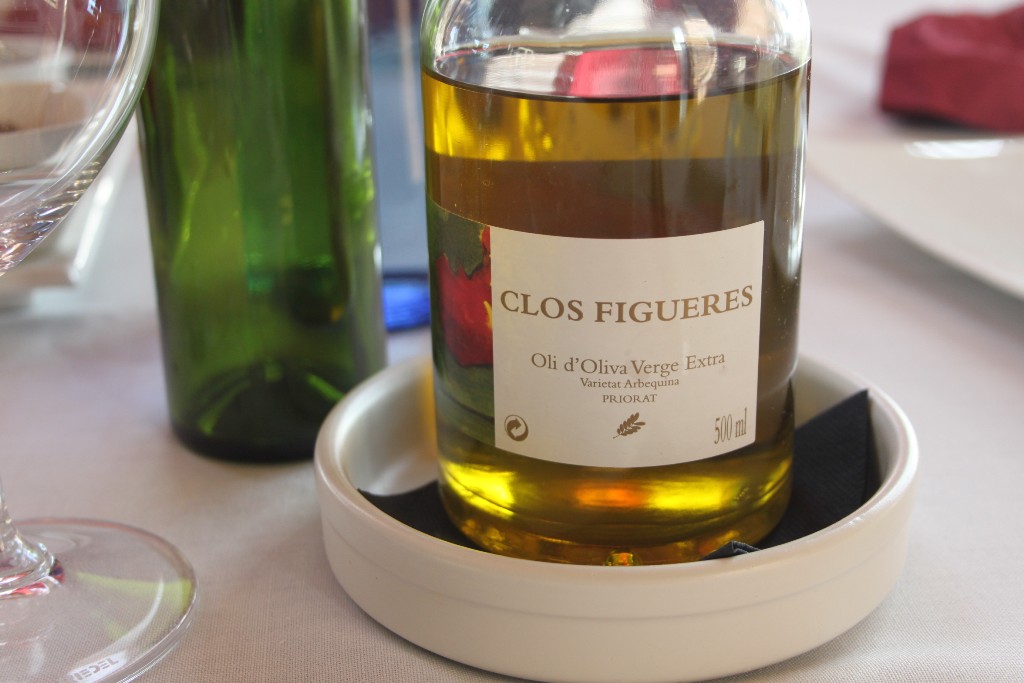
So, if you love fine red wines, aromatic olive oils and enjoy spectacular scenery; you can’t miss the Priorat wine region!
Join us on a private Wine Lovers Tour of Spain to explore the Priorat wine region, as well as other incredible Spanish wine regions of Ribera del Duero, La Rioja, Emporda and Penedes. We always want to show our clients the most scenic areas, with expert guided visits to fantastic wineries as well as great local restaurants and boutique accommodations.

